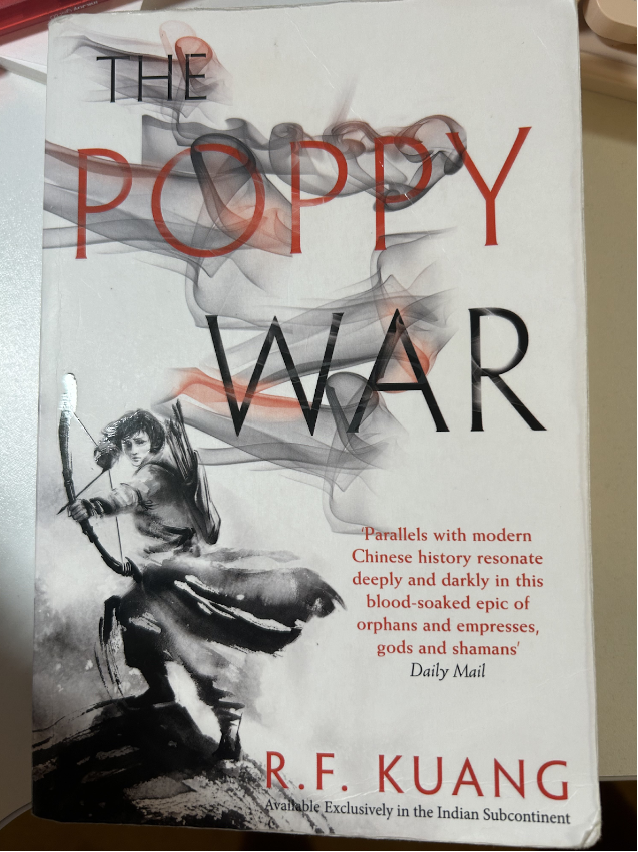
The famed fig tree analogy circles many conversations even now. Written in 1963, “The Bell Jar” by Sylvia Plath tackles the themes of depression and self-identity that are still crucial to our modern society.
The novel follows Esther Greenwood, who is unsure of what to do with her life once she has already “made it big” and lives in New York for her fashion magazine internship. The people around her all represent various parts in her life. Her friend Doreen is the image of the liberated woman: going to parties, drinking and sleeping around. Her mother’s friends’ daughters are foils to this; they all seem to be married with children and happier than ever, a reality that is being forced on Esther.
It’s easy to identify with Esther, barely 19, as she’s conflicted with the different choices she’s presented, much like what a senior in high school would be feeling as they have to choose what they have to do in college and what sacrifices they have to make. The novel is written in a very raw and real way, which makes sense as many have speculated it being autobiographical in parts. Because it follows Esther’s collapse into insanity, getting more rushed and choppy as she loses her senses, many teenagers struggling with mental illnesses could relate. It’s an interesting novel that highlights very human doubts that most are bound to reflect on during their lives.
Especially for fans of feminist literature, Sylvia Plath identifies problems with the patriarchy and women during that era that transcends time. Though the novel may be too dark for some people, it’s an important piece of literature that is written quite well, and should be read by anyone struggling to make choices in life and wanting to see an honest portrayal of mental illness.






